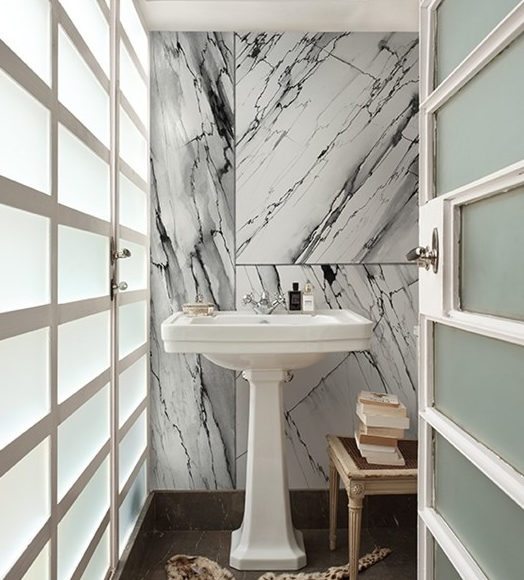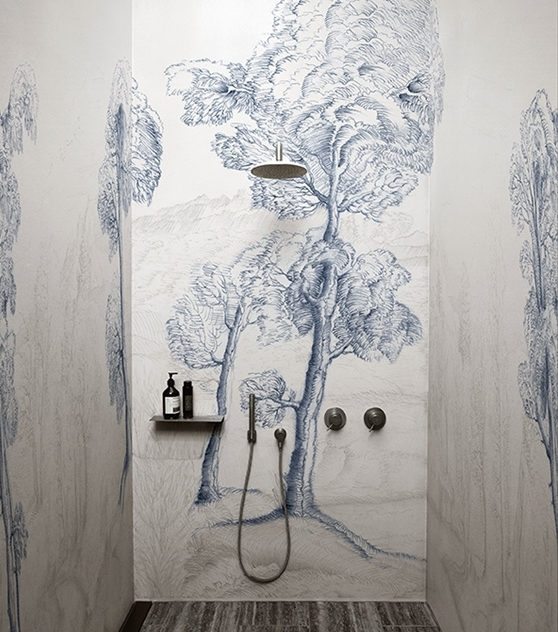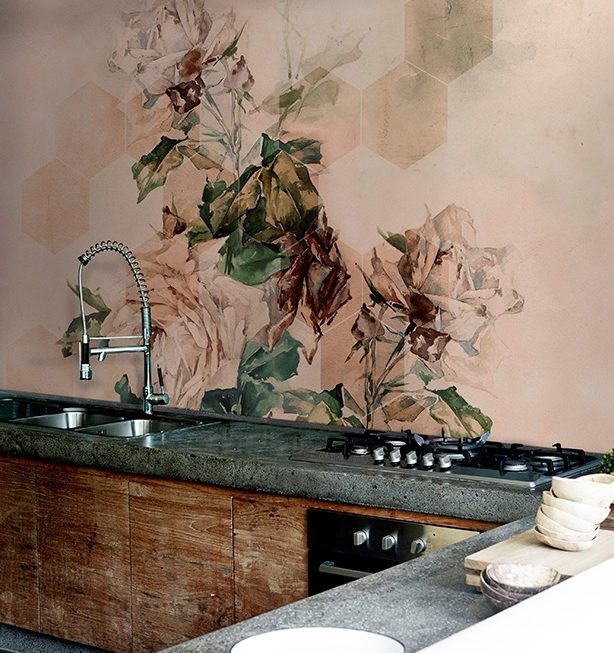It allows you to express yourself and, used correctly, adds warmth, character, even drama. Here’s what you need to know before taking the plunge.
Wallpaper was huge in the ‘60s, ‘70s and ‘80s – everything from neo-Georgian stripes to optical-art patterns, crazy flocks to burnt orange feature walls. During the 90s and early naughties though, wallpaper was dead and a variety of paint finishes took its place (rag-rolling anyone?) But in the world of interiors nothing is dead forever (except, perhaps rag-rolling).
Wallpaper gives a space texture and it’s great for softening modern entry areas. And if your walls have wonky plasterwork or crazy cracks don’t skim or replaster: get pasting.
Wrap your house in silk, grass, quill, ironwork, concrete, leather, stripes, murals, maps, murals of street scenes, and books. Nervous? Don’t be. Choose something that will positively influence your mood, from cocooning deep tones to tactile textures.
To stop the problem of wallpaper overwhelming aspace, use it as an accent, like a mural or painting. Cover a single wall, an alcove or a chimney breast to create a strong decorative statement and a rich texture.

Wall and Deco
BEST LOOKS
Faking it! Want to add some drama to your walls without forking out for expensive surface materials? Whether you fancy experimenting with period details, intricate ironwork or industrial concrete, the new breed of faux wallpapers has it covered.
Grass weaves from plant fibres are big news for walls. They are great for textural impact. Go for ecrus, caramels, charcoals, even acquas and eau de nils. Have fun with maps, follies, streetscapes, libraries or landscapes.
Fantasy flowery hand-finished papers with humming birds (be inspired by French brands such as De Gournay range). Japanese bamboo and flowers a la Florence Broadhurst.
TRICKS
Wallpaper can look great on furniture such as folding screens and wardrobes. If you’re nervous, try lining a cupboard or a tabletop (under glass) with it.
Treating wallpaper like a painting can give thepattern more impact.

Wall and Deco


